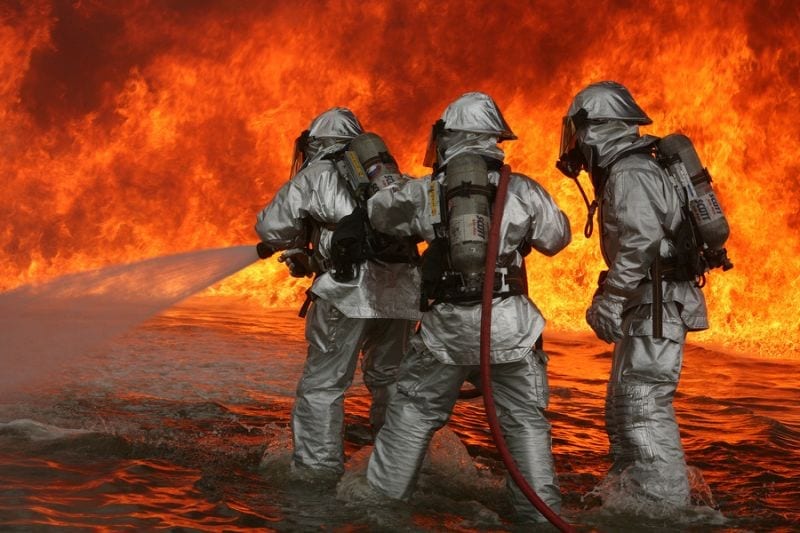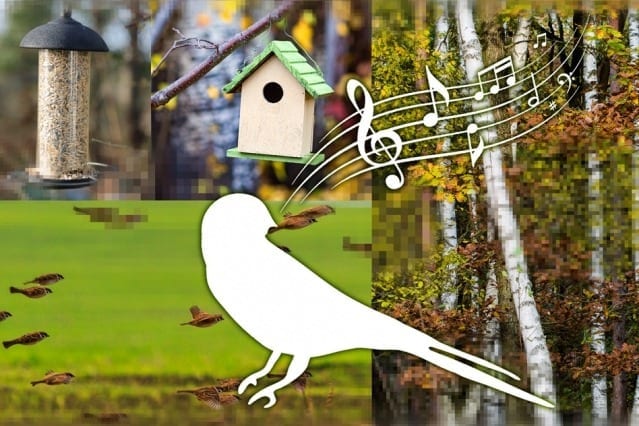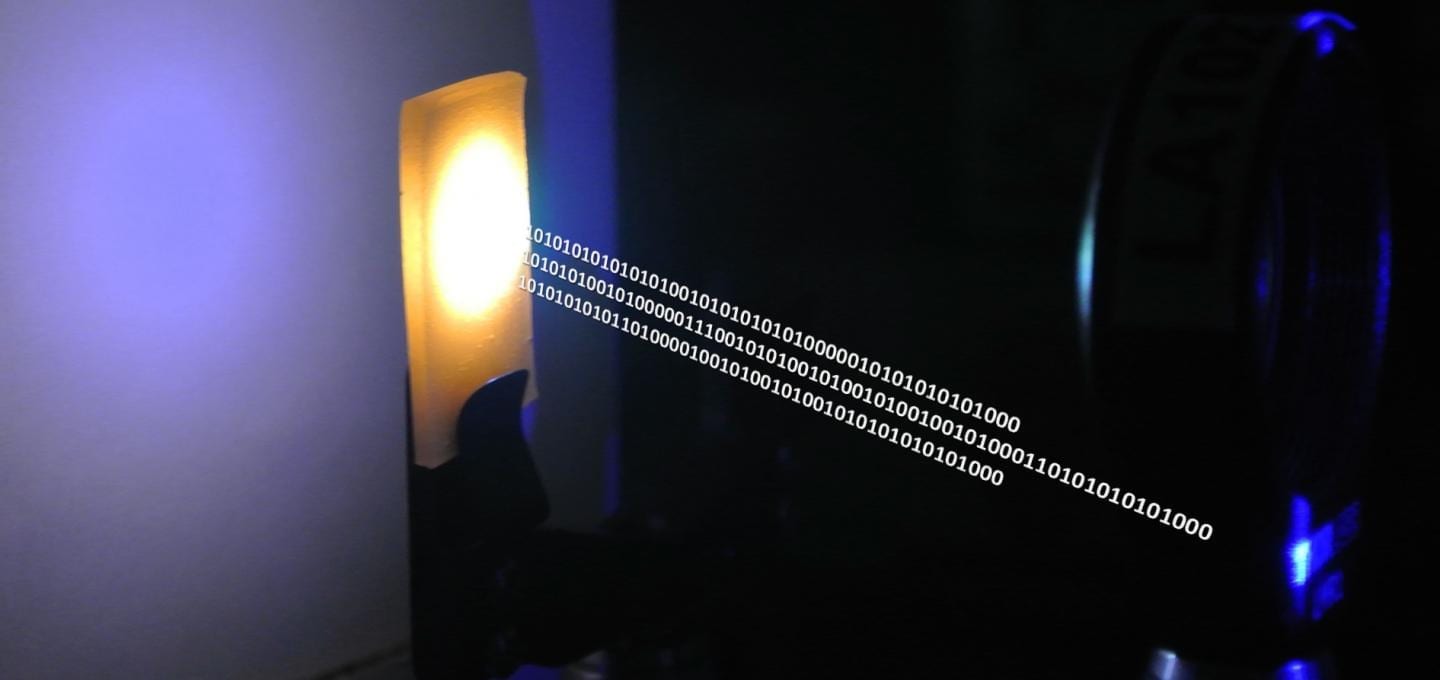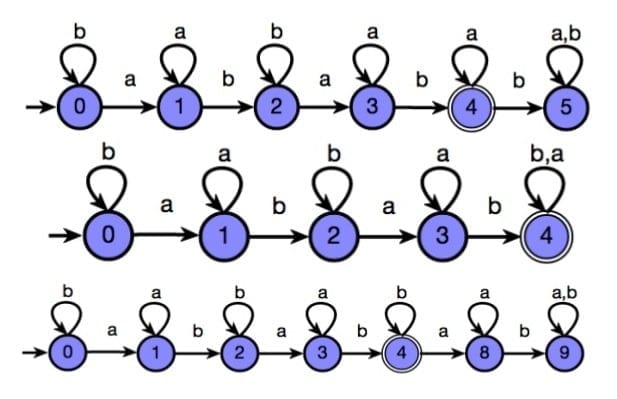
Firefighters have only their wits and five senses to rely on inside a burning building. But research developed in part by NASA’s Jet Propulsion Laboratory, Pasadena, California, may change that, introducing artificial intelligence (AI) that could collect data on temperatures, gases and other danger signals and guide a team of first responders safely through the flames.
AUDREY, the Assistant for Understanding Data through Reasoning, Extraction, and sYnthesis, has received the Undersecretary’s Award for Collaboration from the Department of Homeland Security (DHS) in recognition of its joint development by JPL and DHS. It’s part of the Next Generation First Responder (NGFR) program, a DHS initiative to innovate new ways to keep firefighters, police, paramedics and other first responders safe in the field through increased awareness of their surroundings and communication abilities.
But the big picture is even more exciting: AUDREY can track an entire team of firefighters, sending relevant signals to individuals while helping to make recommendations for how they could work together.
“As a firefighter moves through an environment, AUDREY could send alerts through a mobile device or head-mounted display,” said Mark James of JPL, lead scientist for the AUDREY project.
AUDREY is designed to be integrated with the “Internet of Things” — the idea of numerous devices and sensors all wirelessly “talking” to one another. In the case of firefighters, wearable sensors in their clothes could pick up their GPS location, heat in other rooms, the presence of dangerous chemicals and gases, satellite imagery of a location and much more.
“When first responders are connected to all these sensors, the AUDREY agent becomes their guardian angel,” said Edward Chow, manager of JPL’s Civil Program Office and program manager for AUDREY. “Because of all this data the sensor sees, firefighters won’t run into the next room where the floor will collapse.”
John Merrill, NGFR program manager for the DHS Science and Technology Directorate, said that technology is rapidly providing new strengths for first responders in the field.
“The proliferation of miniaturized sensors and Internet of Things devices can make a tremendous impact on first responder safety, connectivity, and situational awareness,” Merrill said. “The massive amount of data available to the first responder is incomprehensible in its raw state and must be synthesized into useable, actionable information.”
Guardian angel in the cloud
AUDREY is designed to keep watch from above. As a cloud-based piece of software, it can do more than send data to those in the field. As it watches an event, it can actually learn and start making predictions about what resources will be needed next.
James said the system is designed to recognize the specific roles of first responders in the field. This allows AUDREY to provide potentially lifesaving information customized to the various roles, which avoids overloading the users.
“Since AUDREY knows the roles of everyone who receives her data, she only supplies the relevant information that is appropriate for them,” James said.
In June, AUDREY was tested in a virtual demonstration at the Public Safety Broadband Stakeholder Meeting held by the Department of Commerce in San Diego. It was fed data from a variety of sensors and asked to make safety recommendations, which it then sent to a mobile device. Within a year, Chow said, the plan is to test AUDREY in field demonstrations.
From machine to human-like thinking
Chow emphasized that artificial intelligence is only as effective as the data it’s working with. The more data it has, the higher the probability that it will make useful recommendations.
“Most A.I. projects are rule-based — if this, then that,” he said. “But what if you’re only getting part of the information? We use complex reasoning to simulate how humans think. That allows us to provide more useful info to firefighters than a traditional A.I. system.”
Learn more: A.I. Could Be a Firefighter’s ‘Guardian Angel’
The Latest on: Next Generation First Responder (NGFR) program
[google_news title=”” keyword=”Next Generation First Responder (NGFR) program” num_posts=”10″ blurb_length=”0″ show_thumb=”left”]
via Google News
The Latest on: Next Generation First Responder (NGFR) program
- What We Know About the USAF’s Top Secret Next Generation Air Dominance Programon May 1, 2024 at 5:00 pm
The Next Generation ... effort to create a sixth-generation “family of systems” that will supplant its current fleet of F-22 Raptor aircraft. Though many program specifics are still shrouded ...
- Next-Generation Interneton April 27, 2024 at 8:52 am
and operating the next-generation Internet. To save content items to your account, please confirm that you agree to abide by our usage policies. If this is the first time you use this feature, you ...
- Next generation firefighters sign onon April 16, 2024 at 5:01 pm
But after months of training as part of the Northwest Georgia College & Career Academy's First Responders Pathway Program, Campbell, along with six other Whitfield County high school seniors ...
- Police deserve next-generation protective gearon April 15, 2024 at 5:00 pm
The tragic killing of NYPD Officer Jonathan Diller during a March 25 traffic stop in Queens reminds Americans of the dangers that our cops face daily. Unfortunately, the assailant fatally shot ...
- Hundreds of Colorado students step into the shoes of first responderson April 9, 2024 at 6:17 pm
It's all part of a career and technical education program that gives students ... It's an early start for the next generation of Colorado's first responders.
- Next generation of first responders get hands on trainingon March 31, 2024 at 5:00 pm
The next generation first responders are getting hands on training, thanks to a big donation. And good news, more money may be on the way. FOX 10's Steve Nielsen explains. We Ate Dozens Of Little ...
- Training the next generation of first responderson March 27, 2024 at 5:14 pm
The training is part of the Wallenpaupack Area School District's Career Technical Education Protective Services Program. The goal is to recruit the next generation of first responders.
- Hollidaysburg grad creates first responder softwareon February 18, 2024 at 4:00 pm
Photo courtesy Northwest Quarterly Magazine When first responders and other emergency ... coln Laboratory to work on a project called the Next Generation Incident Command System.
- Next-Generation Sequencingon August 19, 2023 at 9:25 am
This page provides educational resources, events, news and products related to next-generation sequencing techniques and applications, including sequencing technologies and DNA and RNA-based ...
- Project on Nuclear Issueson January 19, 2023 at 10:01 am
Founded in 2003, PONI is the premier networked community of next generation professionals prepared to meet the nuclear challenges of the future PONI programs provide inclusive, diverse, and creative ...
via Bing News










